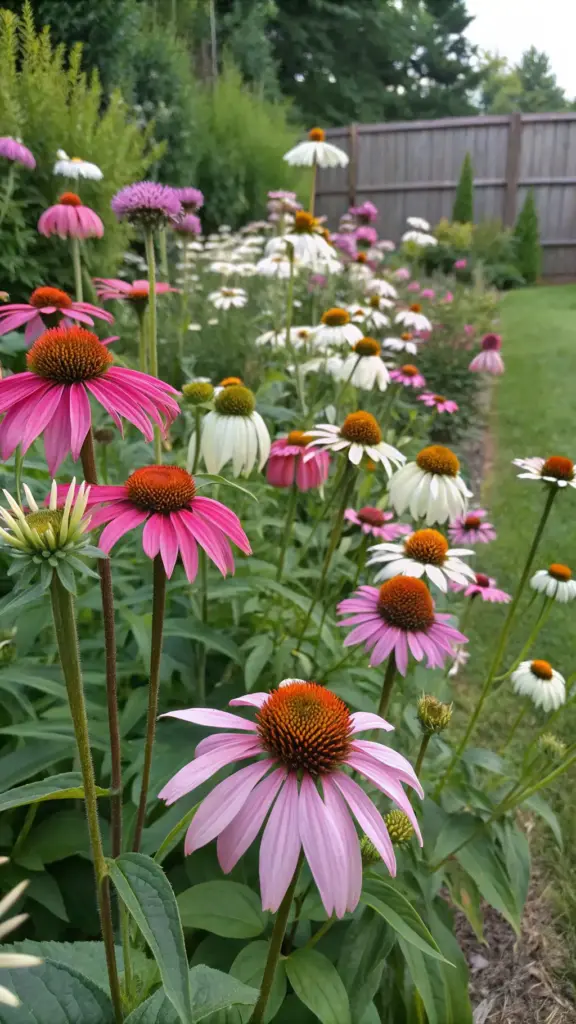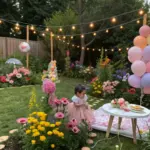3. Coneflowers: Low-Maintenance Beauties

Let me tell you, if there’s one plant that deserves a gold star for being low-maintenance, it’s the coneflower. I’ll admit, when I first started gardening, I was all about the high-maintenance divas—roses, hydrangeas, you name it. But then life got busy (because, you know, adulting), and I realized I needed plants that could basically take care of themselves. Enter the coneflower. These beauties are like the ultimate laid-back friend who’s always there to brighten your day without demanding much in return.
Why Coneflowers Are Perfect for Busy Lifestyles
Here’s the thing about coneflowers: they’re tough cookies. They thrive in Zone 5’s unpredictable weather, handle droughts like champs, and don’t need constant babying. Seriously, once they’re established, you can pretty much forget about them, and they’ll still bloom their little hearts out every summer.
I remember one year when I was swamped with work and barely had time to water my garden. Everything else looked sad and droopy, but my coneflowers? Still standing tall and vibrant. It was like they were saying, “Don’t worry about us—we’ve got this!”
And here’s another bonus: they’re deer-resistant. Yep, those pesky critters tend to leave them alone, which is a huge win if you live in an area where deer think your garden is their personal salad bar.
Companion Planting Ideas for Added Color and Texture
Now, let’s talk about how to make your coneflowers shine even more by pairing them with other plants. One mistake I made early on was planting them solo—it worked, but adding companions took things to a whole new level.
For example, try planting black-eyed Susans alongside your coneflowers. The golden-yellow blooms pair perfectly with the purples and pinks of coneflowers, creating a color combo that’s just chef’s kiss. Or, if you want to add some height, tuck in some tall grasses or hollyhocks behind them.
Another idea? Add some lavender or catmint around the base. Not only do these plants complement the colors of coneflowers, but they also attract pollinators like crazy. Plus, the different textures—spiky lavender, soft grasses, and bold coneflowers—make your garden feel layered and dynamic.
Fun Facts About Attracting Pollinators Like Bees and Butterflies
Okay, here’s where coneflowers really earn their keep—they’re basically a magnet for pollinators. I’m talking bees, butterflies, and even hummingbirds! Watching a butterfly land on a coneflower is one of those magical moments that makes gardening so rewarding.
Did you know that coneflowers are native to North America? That means they’re already adapted to local ecosystems, making them a favorite for native bees and butterflies. And because they bloom for weeks (sometimes even months!), they provide a steady food source during the growing season.
One fun fact: coneflowers are part of the daisy family, which explains their cheerful, sun-like appearance. Oh, and here’s a pro tip: if you want to attract even more pollinators, plant a mix of early, mid, and late-blooming flowers. This way, your garden becomes a year-round buffet for these helpful critters.
Alright, before we wrap this up, here’s a little teaser for what’s coming next: We’re diving into hydrangeas, the queens of big blooms that can transform any small space into a lush paradise. Want to know how to tweak your soil pH to get pink or blue flowers? Click the next button below to find out! 🌸









GIPHY App Key not set. Please check settings